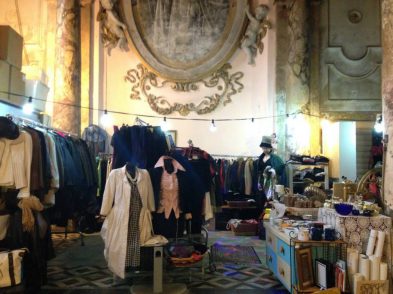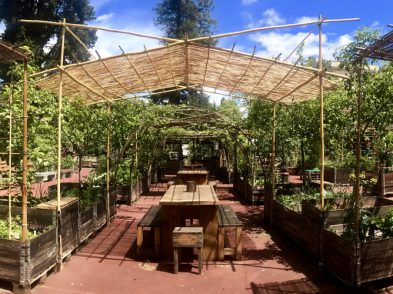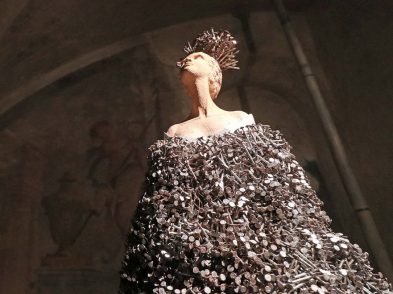In 1665, Isaac Newton proved colour was carried by light on electromagnetic waves, a narrow portion of which is the spectrum visible to the human eye. First impressions on arriving in Florence are not so compartmentalized when apartment hunting and friend making take priority on arrival, but the city is actually a hub of brilliant hues waiting to be discovered.

Blue represents innocence and reliability thanks to the introduction of the cobalt blue pigment to depict the Virgin Mary. In the Renaissance, maiolica, the refined white glazed pottery of the time, was invented and this rich blue colour adorned the entranceways to many buildings. The loggia of the ex-foundling hospital of the Innocenti (piazza della Santissima Annunziata 12) is lined with blue medallions by Andrea della Robbia, a hallmark of reassurance for prospective residents of the orphanage.
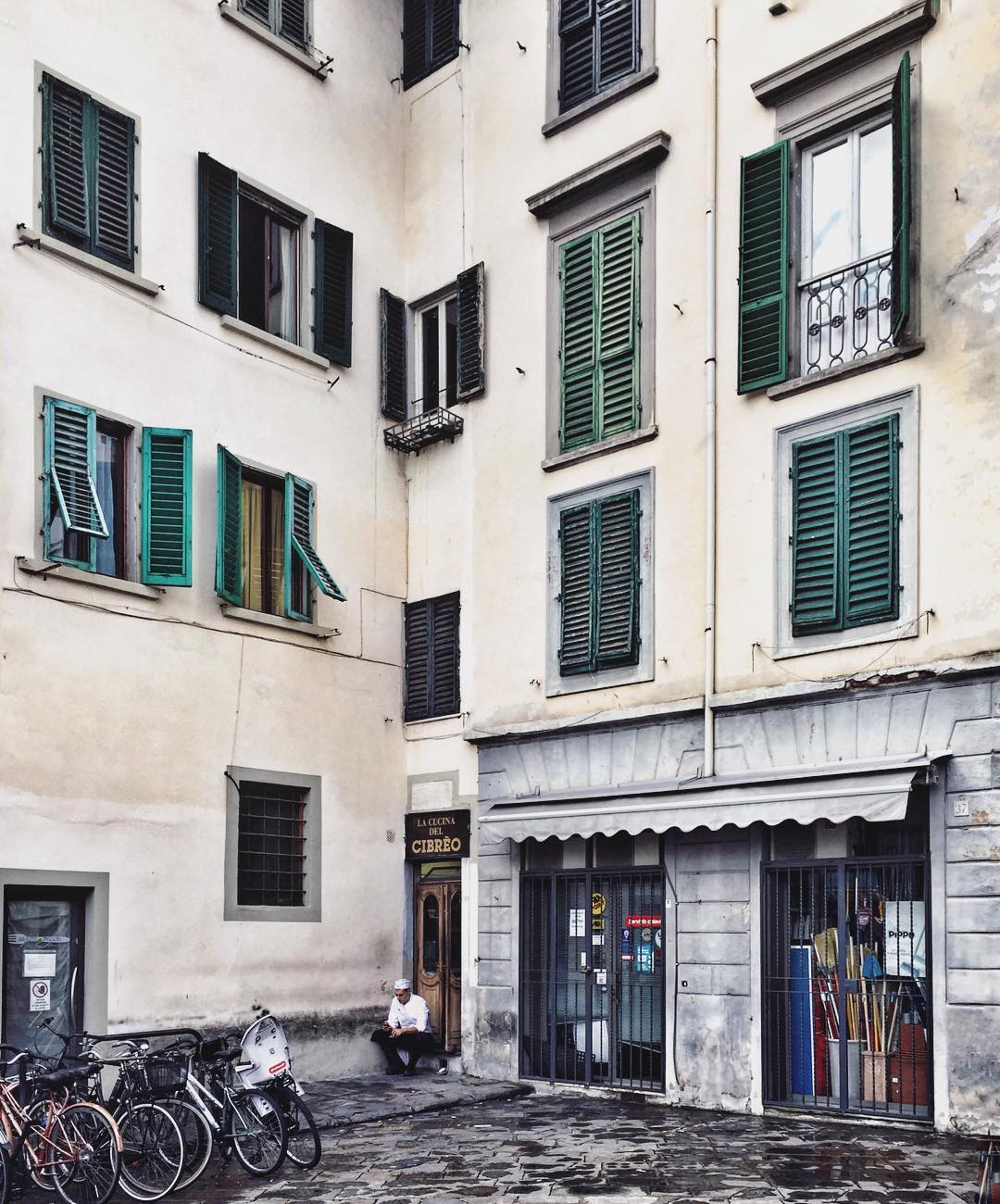
Green shutters go unnoticed as perhaps what interests more are the lives that take place behind them. Walking the streets, we are drawn to the berry-stained lights that make up the inside of people’s homes, ignoring the louvred gateways that frame a snapshot of the everyday. Even within the city walls, emerald green cypress trees can be found puncturing the milky sky from their home in a walled garden. On closer inspection, they are supported by clear fishing line that stops them from bending and breaking in the wind while betraying the horticultural emblem of Italy’s illusion of standalone strength and independence.
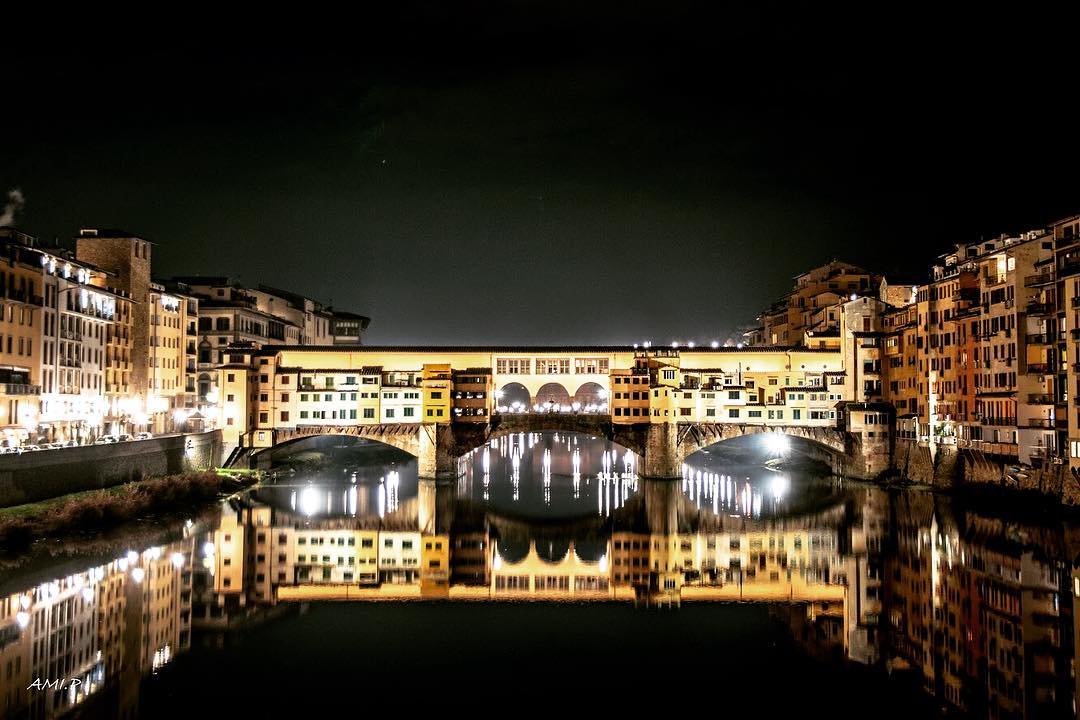
Ochre, one of the oldest colours, envelops the buildings lining the Arno, gaining luminosity at sunrise or sunset. Yellow, whose pigment was traditionally made from the urine of malnourished cows, is the cruellest colour, both by manufacture and symbolic meaning. Entering the former convent of Sant’Apollonia (via Ventisette Aprile 1), Judas Iscariot is cloaked in ochre robes to signify betrayal and treachery. Orpiment, a rich canary yellow, dominates the Ponte Vecchio and contrary to Judas’ case represents a relationship of mutual cooperation between the two sides of the Arno.
Florence, not normally associated with chromatic complexity, is often overshadowed by Venice’s cerulean hues or the bright rusty tones of Bologna. The colours of the city represent the many paradoxes and contrasts both aesthetically and practically present in the everyday life of the city. Multifariously tonal, Florence is a rainbow waiting to be discovered.


